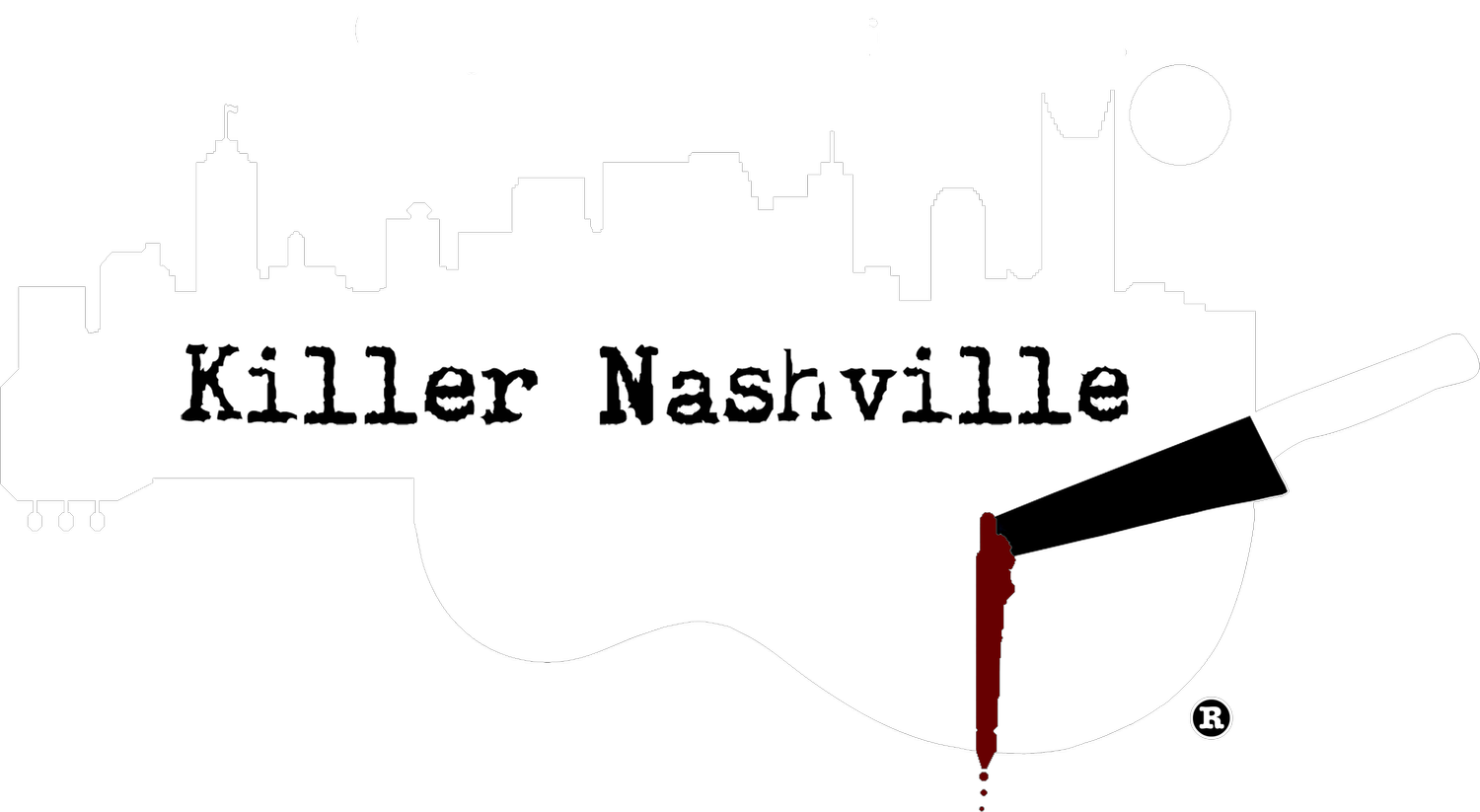
KN Magazine: Articles
Motifs for Murder
No, the title is not a typo, and motifs was not meant to be motives.
If you had asked me, “What is a motif?” twenty-five years ago, I would have had no idea. After earning a master’s degree in Rhetoric and Composition, teaching college and university students, and receiving a Master of Fine Arts degree in Creative Writing, I shout out not only the definition but also the importance of motifs in mysteries.
Of course, the definition of a motif, or at least mine, is: a literary device that uses repetition of a key word, phrase, symbol, color, or image to emphasize a subtle meaning. A motif also helps to develop the overall theme of the written work.
In my work in progress, one of my motifs is dead black crows. Some see crows—more than two are called a murder—as a message or prediction of sadness, danger, and even death to come. Further employing crows as a motif also helps to emphasize my overall theme of good versus evil and, more specifically, that even the most righteous can fall from a pedestal of grace into the darkness of sin.
But what exactly is the etymology of the word motif? Interestingly, the origin of the word dates back to the 14th century when the word in Old French meant to “drive,” and in Medieval Latin meant “to move.” Similarly, today, motifs are used to drive or move the theme along.
The use of motifs in mystery novels serve this very purpose, and in fact, Edgar Allan Poe, considered to be the father of detective fiction, used such common motifs as death, fear or terror, and madness in several of his short stories.
In the Sherlock Holmes canon, written by Arthur Conan Doyle, he creates such themes as cunning and cleverness, justice and judgment, and society and class, to name a few. He uses such symbols as Toby the dog to represent devotedness and faithfulness, a coronet as a tool to represent greed and hidden worth, and exotic animals to represent the dark, threatening, and poisonous nature of Dr. Roylott in “The Adventure of the Speckled Band.”
Agatha Christie used a rhyming verse of then there were none, well as dreams and hallucinations, as motifs in her novel “And Then There Were None.”
Motifs can be used in character development. If a character is depressed, the description of her clothes as being heavy and black can convey her mood. If a character is arrogant and haughty, the writer might choose to use the motif of mirrors or the repeated phrase mirror, mirror on the wall. The continual wailing of a baby can foster grief, suffering, and pain.
Motifs can also be implemented to create a mood. A foreboding tone might use motifs such as heavy drapery, dusty furniture, or squeaky floors. On the other hand, a joyous mood could be represented by gnomes appearing in a sitting room or in a garden. A threatening mood might be depicted by thunderstorms, lightening, and thunder.
Another place to incorporate motif is in setting. Rain might imply treacherous conditions or uncontrollable circumstances. Some motifs to describe an isolated setting are weeds, dead flowers, or a howling coyote. A hospital’s motifs are squeaky oxfords, medicinal smells, or overhead public announcements.
In the above examples of characterization, mood development, or setting creation, you probably noticed that motifs are often examples of sensory language, such as sight, sound, and smell. What categorizes them as motifs is the frequent use of them in a written work.
Another literary term known as a tag also becomes a motif if used often. An example of this is a tapping cane, a pipe’s scent, or a twitching eye. Not only are these words used to describe or to set apart one character from another, but they also could imply nervous habits, anxious traits, or restlessness if used as motifs.
In my opinion, this literary device is often neglected in mystery novels. The importance of red herrings, misdirection, and cliffhangers, for example, are a must, but don’t discount the use of motif to reinforce your theme, add depth and meaning for the reader, and contribute a subtle ambiance to the plot.

Submit Your Writing to KN Magazine
Want to have your writing included in Killer Nashville Magazine?
Fill out our submission form and upload your writing here:
